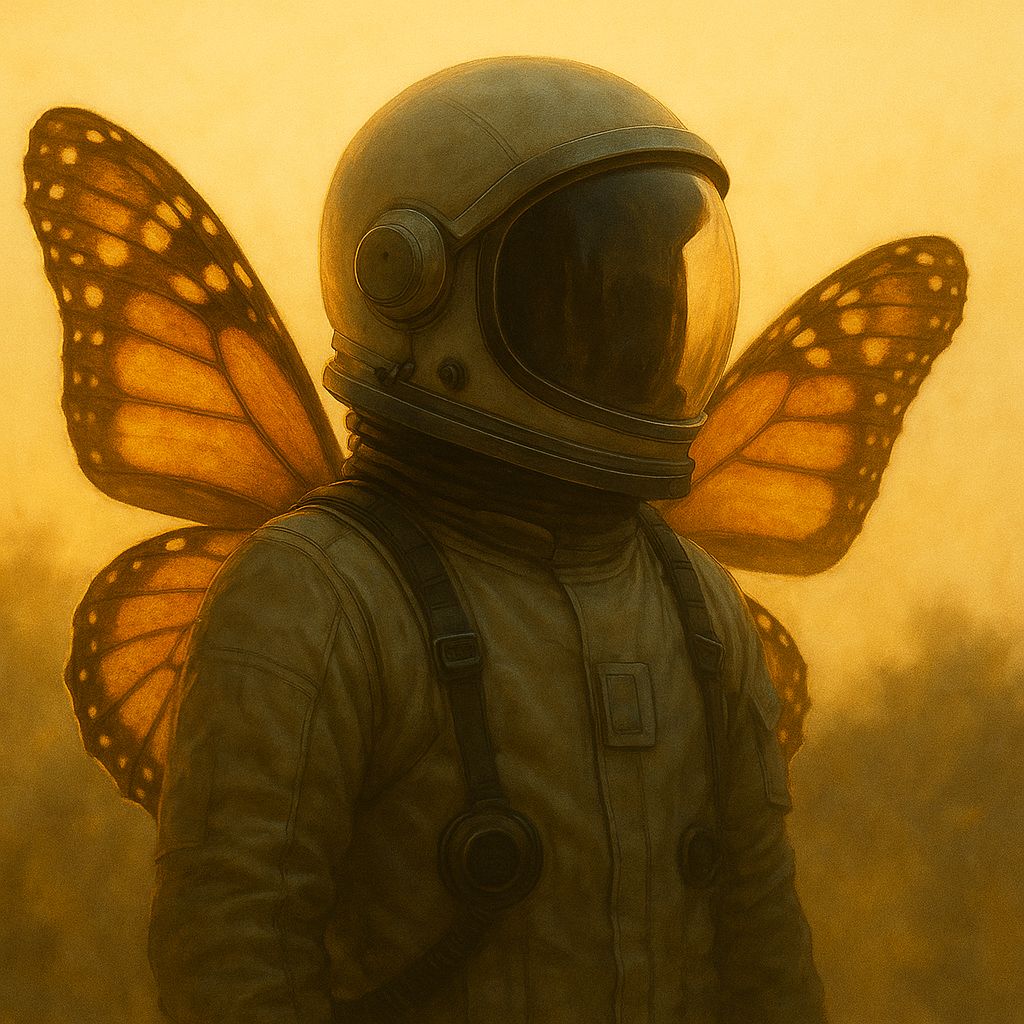- Prompt Club
- Posts
- How AI Image Generators Work
How AI Image Generators Work
A simple guide to the magic behind the machine.

Type a few words. Get an image. That’s AI image generation
And it’s changing how we create art.
But how does it actually work?
Let’s break it down.
No technical jargon, just the essentials. Quick and simple.
It Starts with a Prompt
The first step is your prompt, which a short description written in natural language (aka. human language).
For example (Try it):
“Cinematic portrait of an astronaut with butterfly wings, backlit, soft lighting, golden hour”
The AI takes this sentence and interprets it like a creative assistant who’s read millions of images, styles, and artworks.

Image generated with ChatGPT.
Prompt: “Cinematic portrait of an astronaut with butterfly wings, backlit, soft lighting, golden hour.”
Then Comes the Model (The Brain Behind the Art)
AI tools like MidJourney, GPT4o, or Stable Diffusion run on trained models.
These models are trained on huge datasets of images and text, learning:
What a “neon city” looks like.
How “dramatic lighting” is typically portrayed.
What “in the style of Van Gogh” means visually.
This training is what allows the AI to turn words into visuals.
The Diffusion Process
Most advanced AI image generation tools use a system called diffusion.
Here’s how it works:
The AI starts with random static noise, essentially, a canvas of pure visual randomness.
It gradually removes the noise by applying a process guided by your text prompt. The model predicts what the image should not contain, and eliminates irrelevant patterns.
Simultaneously, it adds structure by predicting what should be present, based on the learned relationships between words and visual elements.
Through many iterations, the AI refines the image, filling in more accurate and detailed elements that match your prompt.
It’s like watching a photograph develop in reverse, starting with noise and gradually revealing a clear image.

Infographic generated using ChatGPT with human guidance.
It’s All About Iteration
AI art is rarely perfect on the first try.
The more you refine your prompts, the more control you gain.
Change one word like “blue” to “sunset” and the vibe shifts completely.
Some tools even let you:
Change the image seed (starting point).
Remix the same prompt with different styles.
Upscale or enhance the output.
Final Thoughts
AI image generators are just that generators.
They don’t replace human creativity.
They amplify it.
Once you understand how the machine interprets your language, you unlock a new way of thinking visually — fast, playful, and full of potential.
So the next time you sit down to “prompt,” remember:
You’re not coding.
You’re communicating with a visual engine.
And your words?
They’re the brush.
Want more tips like this? Subscribe to AI Art with Troy — and keep your creative edge sharp.
Reply